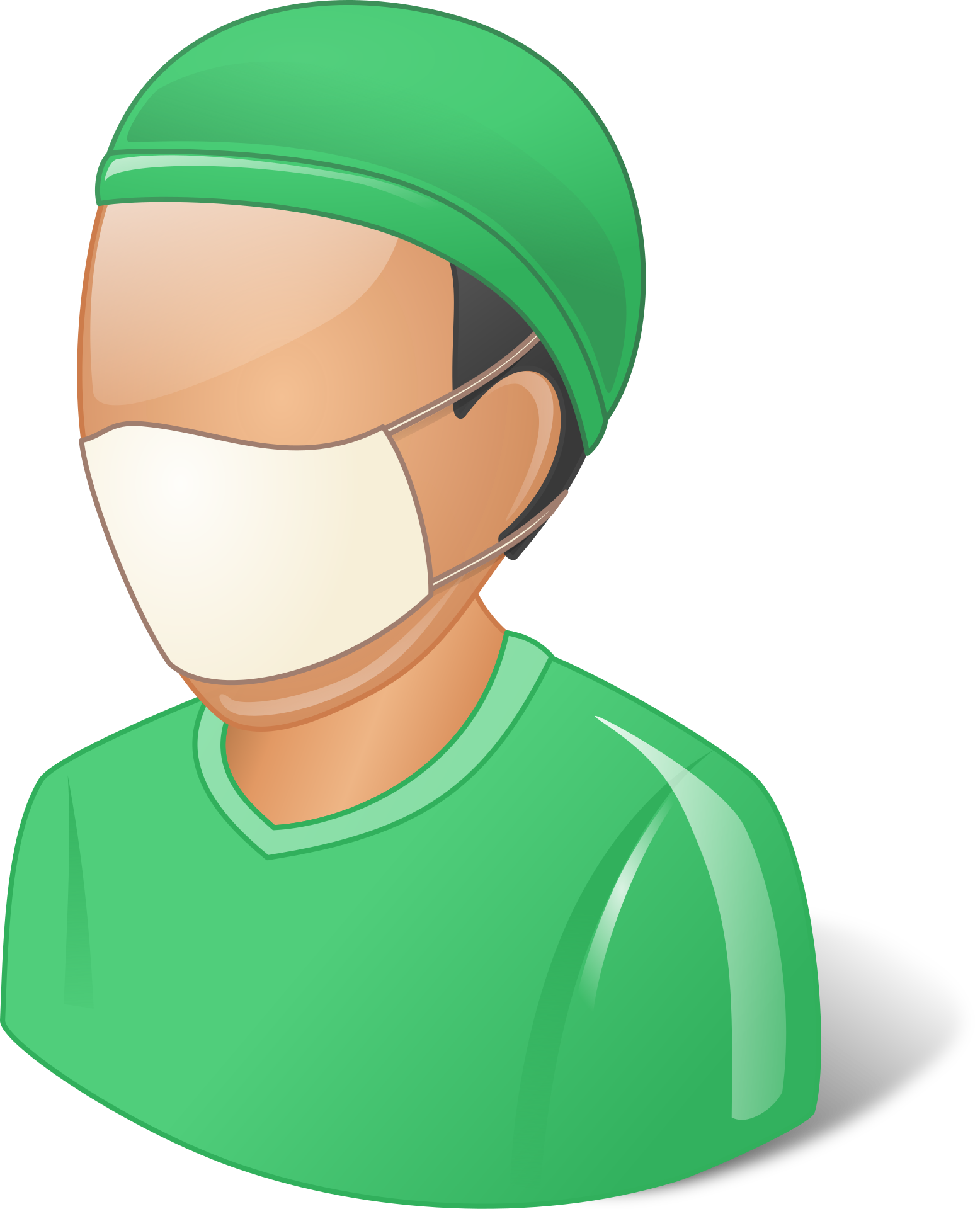Bright light therapy appeared efficacious as a treatment for bipolar depression, according to a presenter at the American Psychiatric Association’s annual meeting.

Dorothy Sit
“Light therapy is a circadian-based intervention that is typically implemented to reset and amplify circadian rhythms that have been disrupted,” Dorothy Sit, MD, associate professor in the department of psychiatry and behavioral sciences at Northwestern University’s Feinberg School of Medicine, said during a presentation. “It also improves mood symptoms even in cases in which disruption in circadian rhythms is not the primary cause. Bright light therapy is used to phase-delayed sleep, improve alertness levels, provide an uplift in mood and restore functioning and social engagement, reversing the symptoms of depression and anxiety.”
According to Sit, bright light therapy is a natural, low-risk somatic treatment, delivered by bright broad spectrum, UV-blocked illumination for 30 minutes to 60 minutes per day in the morning, midday or evening. The current clinical indications for bright light therapy include seasonal affective disorder and advanced or delayed sleep/wake phase disorders. Novel indications may include non-seasonal major depression, perinatal depression, bipolar depression, bulimia nervosa, ADD, cognition in dementia and insomnia or sleepiness in Parkinson’s disease.
Sit highlighted results of a randomized, double-blind, placebo-controlled trial she and colleagues conducted to assess remission rate, depression symptom level and rate of mood polarity switch, as well as to evaluate sleep quality, among 46 participants with depression and bipolar I or II disorders who received stable dosages of antimanic medication. They excluded individuals with hypomania or mania, mixed symptoms or rapid cycling. They randomly assigned 23 participants to treatment with 7,000-lux bright white light and 23 to 50-lux dim red placebo light. They conducted weekly assessments via the Structured Interview Guide for the Hamilton Depression Scale With Atypical Depression Supplement (SIGH-ADS), the Mania Rating Scale and the Pittsburgh Sleep Quality Index, with remission defined as a SIGH-ADS score of eight or less.
Both groups had moderate depression and no hypomanic or manic symptoms at baseline. Results showed those who received bright white light exhibited a significantly higher remission rate of 68.2% compared with 22.2% among the placebo light groups at weeks 4 to 6, as well as significantly lower depression scores of 9.2 vs. 14.9. at the endpoint visit. Further, the researchers observed no mood polarity switches. They noted an improvement in sleep quality for both groups and that it did not differ significantly between them.
To set up the light box, Sit suggested using broad spectrum white light of between 7,000 and 10,000 lux in a UV-filtered box, with a diffusion screen to minimize glare. It should be placed a distance from 12 inches to 14 inches from the user at eye level with downward tilting, and the user’s eyes should remain open and not stare directly at the unit, according to Sit.
Side effects may include agitation, irritability, headaches, eye strain, nausea, insomnia, hypomania or mood polarity switch. To mitigate side effects, Sit advised reducing the dose, stopping it and then re-challenging.
Sit provided an overview of the protocol for using bright light therapy for bipolar depression.
“We would suggest beginning with a 7,000-lux broad spectrum white light that produces a cooler 4,000 Kelvin bluish light and to initiate it at 15 minutes per day at the time between noon and 2:30 PM,” Sit said. “Each week, another 15 minutes should be added to reach a target of 45 minutes to 60 minutes. Maintenance therapy is essential, with antimanic therapy crucial to help patients avoid the risk for inducing mania or mixed symptoms.”
Sit D. Bright light therapy for treatment of bipolar disorder. Presented at: American Psychiatric Association Annual Meeting; May 1-3, 2021 (virtual meeting).


